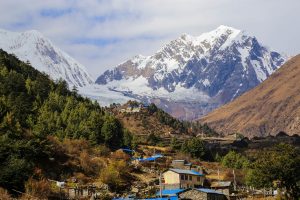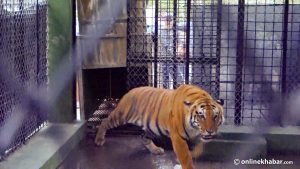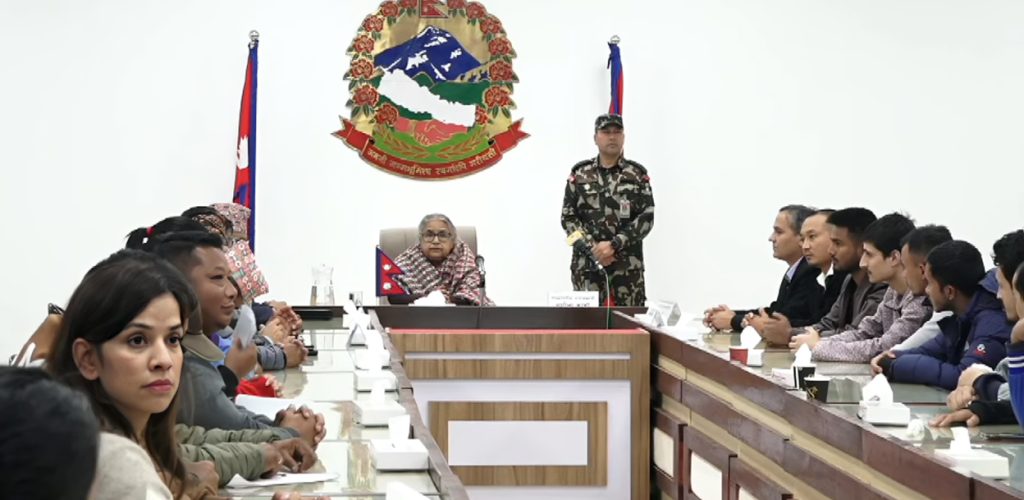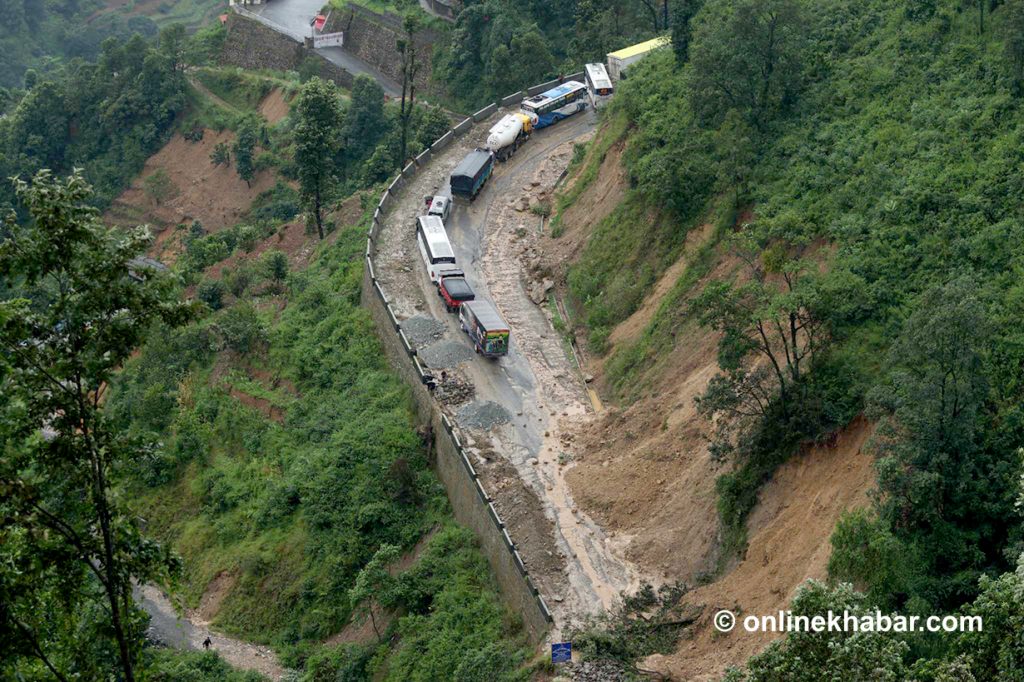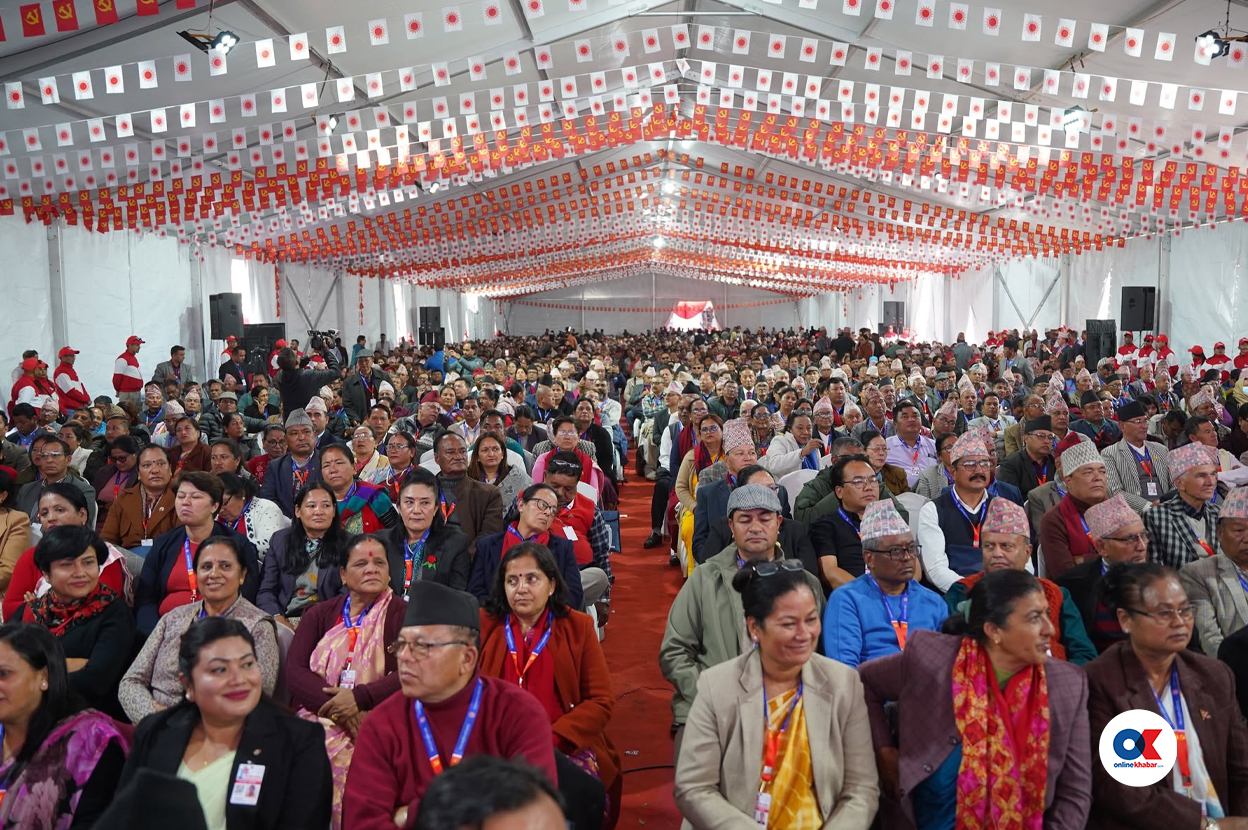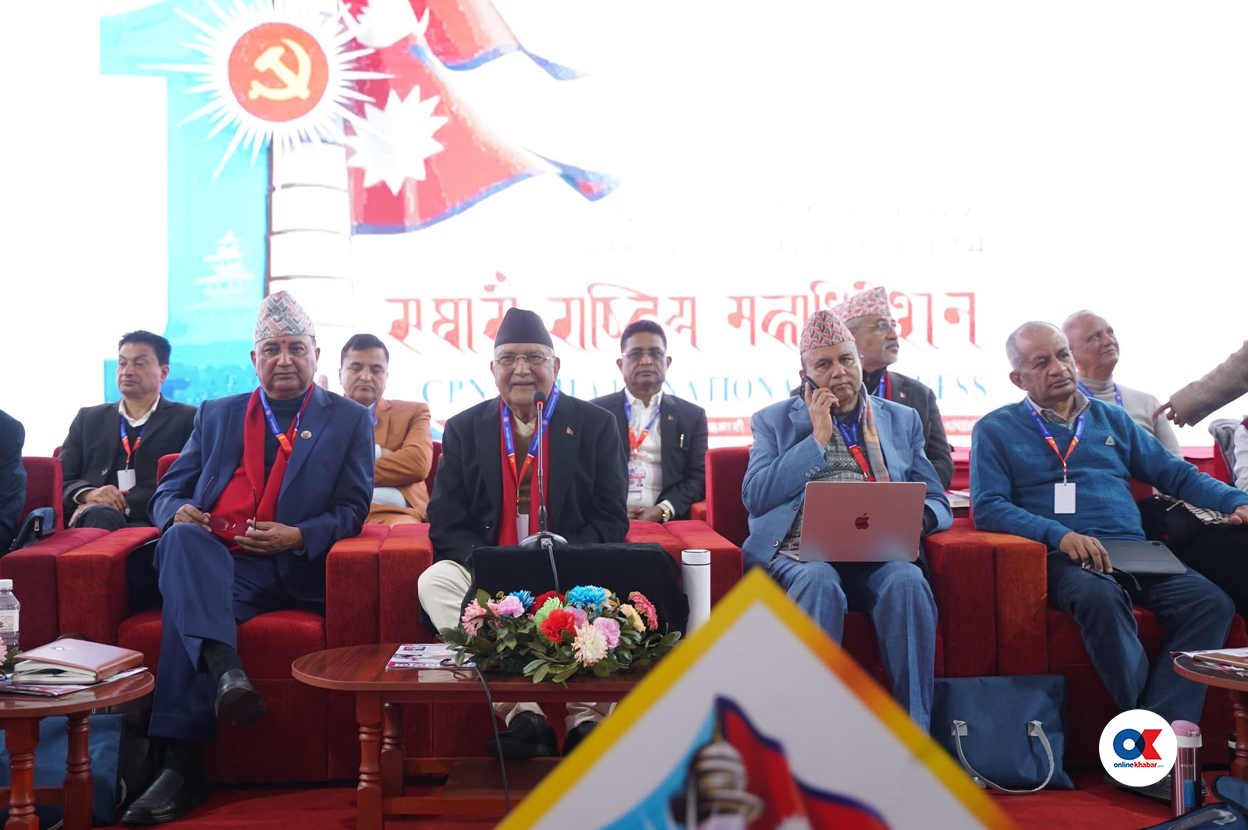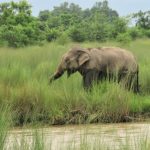Hemanta R. Mishra went against the current when he chose to study forestry in the mid-1960s. The decision was, in his words, a revolt against his father, who wished to see his son in the plush office of the Nepal Embassy in London.
Mishra, however, was happiest in the wilderness. He got his dream job when he was hired to be part of a team that established Chitwan National Park, Nepal’s first national park, in 1973. Mishra eventually spent three decades in the forests of Chitwan, many of those with his wife and children. His career in Chitwan coincided with an interesting time: the overlapping of the last days of royal hunts and the early days of wildlife conservation. This gave his work an unwanted irony: how to reconcile a conservationist’s ethics while accompanying the king of Nepal on a hunting trip? It was tales such as these that set his books The Soul of the Rhino and Bones of the Tiger apart, and won them international awards.
Mishra talked to Kapil Bisht about his days in Chitwan, the challenges of conservation in Nepal and raising a family in a jungle camp and his new book.
***
Tell us a little about your childhood. How did a native of the Kathmandu Valley get interested in wildlife conservation?
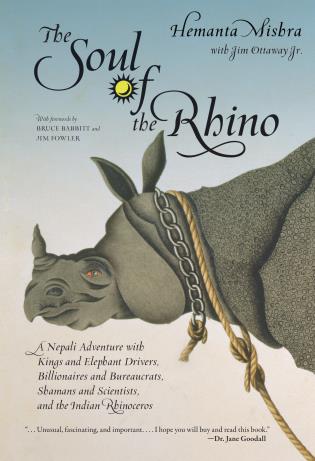
I grew up in a large house near the southern banks of the Bagmati river. Then the air and water were clean in Kathmandu Valley. In addition, the valley was lush and green. Cars were few; most of them belonged to the royal family or the former Rana rulers. People either walked or rode bicycles. My father used his horse to get around town. I was six when my parents packed me to St. Xavier’s, a boarding school in Godavari. That proved to be a blessing in disguise as my interest in wildlife and nature conservation grew in Godavari. The school was located at the foot of Phoolchoki, the verdant, wildlife-rich 2,750 meter high mountain southeast of Kathmandu. It was only natural that I would later choose a profession that required working in the outdoors.
Was there a moment, event or experience when you decided to become to a conservationist?
Not really. But my interest in wildlife grew as I grew older. As soon as I graduated from Tri Chandra College in 1964, my father began badgering me to follow in my uncle’s footstep and join Nepal’s Foreign Service. He dreamed that, like his brother, the king of Nepal would appoint me as the Royal Nepalese Ambassador to the Court of St. James’s.
However, to his disappointment, I won a scholarship under the Colombo Plan in 1965, and went to Dehra Dun instead to study forestry. At the time, studying forestry in India and joining Nepal’s forest service was the quickest and most prudent pathway to pursue my interest in wildlife conservation. Moreover, I believed that joining Nepal’s forest service would provide me ample opportunities to travel the length and breadth of the country and gain firsthand knowledge of the ecological panorama, the cultural diversity and the treasure troves that were forests and wildlife in Nepal’s Terai, mid-hills, and the Himalayas.
You once said in an interview that “responsible eco-tourism is Nepal’s next big challenge.” Could you elaborate on some of these challenges?
Firstly, I was not talking about eco-tourism specifically, but tourism in general in an ecologically fragile or sensitive areas such as Nepal’s national parks, wildlife reserves and other protected areas.
Conservation in Nepal is dogged by at least three key challenges. First, making conservation politically palatable to leaders who have voters clamouring for preferential treatment. Second, making it easy and feasible for the government to justify their investments in human and financial resources. We have to demonstrate that good ecology is good economics and vice-versa (example: revenue from sustainable tourism). Third and above all, teaching how conservation is beneficial to the local communities that live close to national parks and other protected areas.
I believe that in most of our protected areas, particularly Chitwan – Nepal’s first national park, created in 1973 – we have addressed these challenges judiciously. Now the challenge is how to survive our own success, particularly when it comes to nature and wildlife-based tourism. I believe the key question now is: Will we soon kill the goose that lays the golden egg in Chitwan by over development.
What do you think about Sauraha?
Back in the 1960s when I first went to Chitwan, Sauraha was a tiny, quaint village with less than six homesteads on the banks of the Rapti. Now it is evolving as Chitwan’s answer to Kathmandu’s Thamel. Every time I am there, I am baffled by the growth and development. I am also concerned.
…we could not visualise the growth of tourism in Chitwan and failed to factor in the impacts of such growth, particularly Nepali tourists, who were virtually non-existent when we established the park.
On the positive side, I feel that the people and lodge owners seem to be aware of the issues and are trying to get their act together. They are also aware that they will soon face commercial competition for other sites, particularly as Meghauli and other sites on the edges of Chitwan National Park and Nawalpur are trying to become the “New Sauraha.” Thus, they know they have to be creative and think more about quality tourism rather than quantity.
Does the loud music and crass architecture worry you? Do you, as one of the pioneers of Chitwan National Park, feel a sense of loss, a degradation of the wilderness that is Chitwan, because of developments like Sauraha?
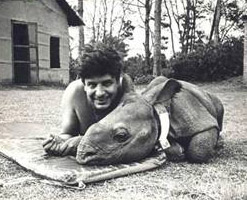
Yes. It bothers me a lot. It also bothers many other visitors. Unless the lodge owners develop their own code of conduct and get their act together, it will hurt their reputations and business. However, despite the growth of touristic facilities in Sauraha, I do not feel a sense of total loss. The degradation of the core areas inside the park are as not as severe as I had anticipated. In short, I believe there is still time to bring about improvements. But the question is: how much time do we have?
When you and your colleagues established Chitwan National Park, did you have a vision or goal about what you wanted the place to be like in the twenty-first century? Do you think Chitwan is a success story?
We had five key objectives. One, bring back the rhinos (and tigers and other endangered species) from the brink of extinction by controlling poaching and habitat destruction. Two, prevent land-degradation and save Chitwan’s outstanding sal forests, riverine forests, grasslands and wetlands in order to preserve their outstanding flora and fauna, and to safeguard the ecological services they provide. Three, earn the government revenue from tourism. Four, create jobs for the locals through tourism. Five, involve local people, particularly in the community-led conservation efforts in the buffer zone. All these objectives have been achieved. The challenge now is: How to live with successes that took more than four decades to achieve?
Any regrets you have with regard to Chitwan, in the past or when you see the place today?
Not really. On the contrary, I feel proud of Chitwan. Nevertheless, we could not visualise the growth of tourism in Chitwan and failed to factor in the impacts of such growth, particularly Nepali tourists, who were virtually non-existent when we established the park. I also feel that we should have done more to minimise human-wildlife conflict.
You are fond of saying that Nepal has three religions: Hinduism, Buddhism and tourism. And you are also skeptical of animal sacrifice. How hard is it to balance religion and conservation and animal welfare in Nepal?
Yes. “Hinduism, Buddhism and tourism…” is a line I have been using for years, when I present papers in international conferences, largely to make my audience laugh and get their attention. I also use the catchphrase cynically. I believe it is a riposte to many of my friends in the travel trade who often fail to recognise that tourism can be a double edged-sword.
They often speak as if tourism is the panacea for Nepal’s economic development, without recognising the ecological and cultural impacts from tourism. I also wanted to make it clear that tourism in places like Chitwan National Park is only a means – a compromise – to reach the larger goals and objectives of conservation. In short, tourism is merely a pragmatic trade-off; the mission always is preserving a national park’s outstanding flora and fauna.

Indeed, I am also skeptical of animal sacrifice, particularly in the twenty-first century. However, I am not a dogmatic zealot who preaches compassion and animal welfare by disparaging other peoples’ religious or cultural practices with demeaning and confrontational advocacy.
Balancing religion, conservation and animal welfare is an arduous task not only in Nepal but all over the world. After working in and travelling to nearly 50 countries around the world, a key lesson I learned, albeit the hard way, is that striking an intricate balance to redress the clarion calls of all stakeholders needs patience, tolerance and respect for other people’s views and ideas, particularly those who do not share your beliefs or mandates as a professional wildlife wallah.
It’s not common for conservationists to have their families, or at least their spouse, live with them when they are working in the wilderness. But your wife lived with you in Chitwan. What made you two go against the norm?
Really! I never thought about that. My wife was an asset in the field. She was a wonderful homemaker even in the wild: she made sure I ate well and had a comfortable place to sleep in our jungle camp. She also helped me in collecting baseline data for my Ph.D. Moreover, she enjoyed living in the jungle. We found a simple and enjoyable life in Chitwan, watching our children grow up.
What are you doing these days?
I do some consultancy. I also play tourist at times. However, I spend most of my time writing books.
Are you working on a new book?
Yes. It’s a mix of biography, adventure, traveler’s tale and historical, social, and political transformations.
It’s a tale of nature and wildlife conservation interwoven with people, places and the events of the second half of the twentieth century in Nepal.
People who have inspired you?
Durga Devi Mishra, my mother.
Your favorite books?
Bhupi Serchan’s Ghumne Mechmathi Andho Manche (Blind Man on a Revolving Chair) and Clara’s Grand Tour: Travels with a Rhinoceros in Eighteenth-Century Europe by Glynis Ridley.
Your favorite place in Nepal?
Chitwan National Park, of course!
A lesser known destination in Nepal that you would like to go to or would recommend to others?
Khaptad National Park.
Any advice for budding conservationists?
Feel blessed that you have an opportunity to work in conservation. Enjoy your work and remember the old adage: Nothing ventured, nothing gained.
***
Other Interviews
My book is a love letter to the Nepali language: Prajwal Parajuly
‘World’s first’ travel blogger Greenwald: In Nepal every day brings a new, unexpected discovery
I came here to make an impact, but Nepal made an impact on me: ‘Burning Man’ sculptor David Best







